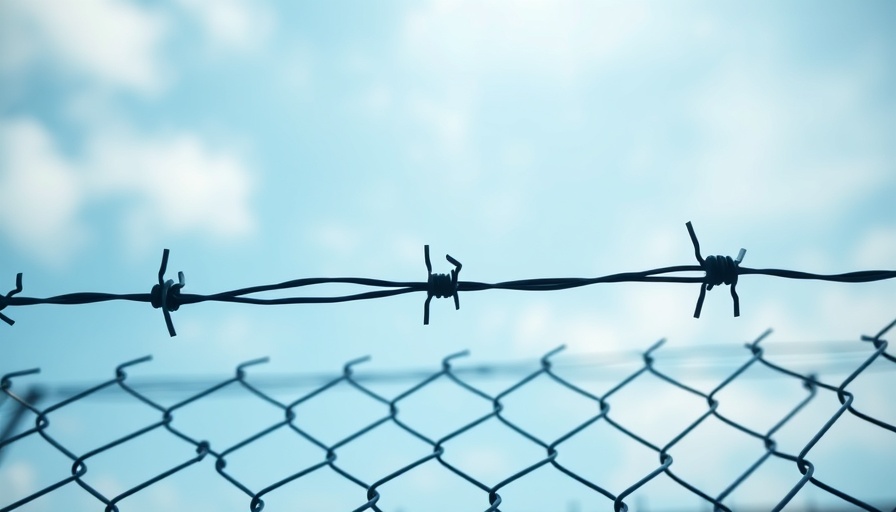
State of Emergency: Liberty County Jail Closes Amid Safety Concerns
In a sweeping development that reflects ongoing safety issues, Texas officials have ordered the closure of Liberty County Jail. This decision comes in the wake of a devastating fire that prompted intense scrutiny of the facility's safety standards. State inspectors had previously raised alarms about the jail’s inadequate infrastructure and continued operational violations, which culminated in this decisive action.
The Fire Incident: A Wake-Up Call
The fire, which broke out earlier this month, highlighted significant deficiencies in the jail’s safety practices. Eyewitness reports describe panic among inmates as the flames spread quickly, revealing not only the immediate risks posed by the fire itself but also the jail's preparedness to handle such emergencies. Testimonies from former staff have surfaced, indicating persistent issues with fire safety protocols and neglect of maintenance that could have prevented this incident.
Longstanding Issues at Liberty County Jail
This closure is far from an isolated incident. Over the past few years, inspectors have flagged Liberty County Jail for a range of safety violations. These encompass everything from structural damage to insufficient staff training on emergency procedures. The Texas Commission on Jail Standards has issued multiple warnings, indicating a pressing need for reform within the facility. This latest incident may serve as a catalyst for broader discussions about the condition of jails across the nation.
The Local Community's Reaction
The closure of Liberty County Jail has sparked mixed reactions within the local community. Some residents feel relieved, viewing the state’s decision as a necessary step toward ensuring public safety. Others, however, are concerned about the implications for law enforcement and the judicial process. The community's reliance on the jail for managing local crime will necessitate a reevaluation of resources and strategies as officials search for alternative solutions.
Broader Implications for U.S. Correctional Facilities
This situation in Liberty County mirrors concerns echoed across U.S. jails and prisons. Many facilities are grappling with aging infrastructure and increased scrutiny from advocacy groups who highlight the human rights considerations surrounding inmate welfare. As this story unfolds, it becomes essential to consider how states nationwide address similar challenges in their correctional systems. Failure to do so may lead to more facility closures and a crisis in the already strained U.S. criminal justice system.
Future Predictions and Opportunities for Reform
Experts predict that the closure of Liberty County Jail could trigger a wave of reforms aimed at upgrading facilities nationwide. As discussions of prison reform gain traction, this incident shines a spotlight on the necessity for comprehensive legislative action. By prioritizing safety and modernizing practices, states have a prime opportunity to foster a system that is both just and humane, reflecting evolving standards in correctional care.
Community Engagement: A Call to Action
As the closure of Liberty County Jail prompts discussions about safety and reform, community members are encouraged to take an active role in advocating for better conditions in local jails. Attending town hall meetings, joining advocacy groups, or even collaborating with local government can amplify voices demanding necessary reforms to ensure public safety and inmate welfare. Informed citizen engagement can transform this incident from a crisis into a catalyst for positive change.
Conclusion: Moving Forward Together
The closure of Liberty County Jail due to longstanding safety violations is a critical juncture in the fight for better correctional practices across the U.S. It reminds us that safety and proper treatment of inmates are paramount. It is essential for local communities and state officials to collaborate on this issue, working toward a future where every facility meets the necessary standards of safety and decency. By understanding and responding to such crises, we can pave the way for effective reforms that protect both communities and those incarcerated.
 Add Element
Add Element  Add Row
Add Row 



Write A Comment